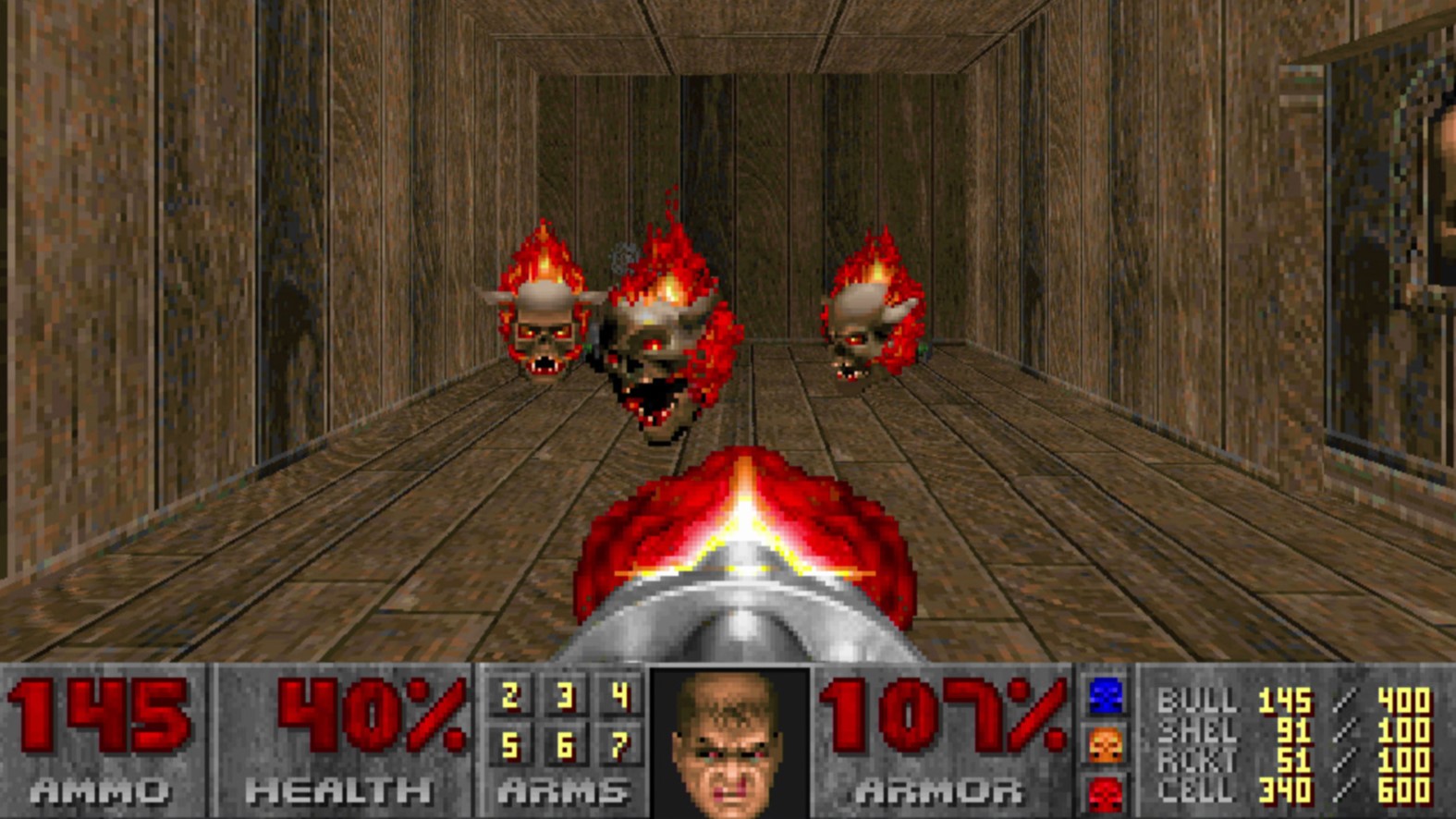
If there's one thing you can be certain of in the world of electronic devices, it's that someone will manage to get it to run Doom. And in the case of this year's Def Con event, a long-running and popular hacking conference, the device in question just so happened to be the badge issued to all attendees.
Of course, given the nature of the event, the badge isn't just a mere piece of plastic—it's more of a Tamagochi-Gameboy-cross, with a little screen, speakers, and a Raspberry Pi RP2350 microcontroller. Def Con's attendee badges are always very popular, as they're designed to be hacked, modded, and repurposed as much as possible, so getting one to run Doom was kind of obligatory.
Not that it was a straightforward task, as coder Kilograham highlights in the blog for the project. All the code for the port is available on their GitHub page and you can see a brief clip of it in action, thanks to X user stacksmashing (via Tom's Hardware).
Considering the original code for Doom is targetted at x86 chips running DOS, porting it across to a relatively new Arm-based dual-core SoC (system-on-chip) with just 256 kB of RAM and 2 MB of flash storage does involve making significant changes to the routines, as well as the overall interface.
It's an impressive feat of programming and certainly the highlight of the Def Con event, especially in light of the kerfuffle over the development and manufacturing of the badges in the first place.
DEF CON can officially end now, as @kilograham5 got the original DOOM running - including sound and save game support - on the @defcon badge! It runs at super smooth 50FPS!https://t.co/6iEhwPTLSg pic.twitter.com/0oYypxovoYAugust 11, 2024
As reported by The Register, the badge's firmware developer, Dmitry Grinberg, was physically escorted from the event while giving a talk about the project and the contracted manufacturer, Entropic Engineering, released a public statement about everything that had gone wrong during the whole process.
"We’re confused by and extremely disappointed in the decisions made institutionally by the conference this year. In addition to the agreed upon monetary compensation (which we have been only partially provided), we were promised visibility and representation as supporters and contributors to the community," wrote co-founder and CTO Matthew Pang.
"Badges for the team (and conference attendance), participation in the Badge talk, and credit in announcements, signage, and on the Badge case were all promised in return for work rendered…We were especially hurt and confused by the conference's choice to revoke all of the above."
Grinberg told The Register that "[T]he chip pre-flashing deadline was missed… and each of the 29,770 badges had to be programmed manually by volunteers." I should imagine that many of the attendees probably relished the thought of doing this but given that each person had paid out at least $460 to enter the conference, having to manually fix the badges to fully utilise them possibly also resulted in a few choice words being uttered in the hall.
It's expected that at some point, all of the issues pertaining to the badge will be resolved and the updated firmware will eventually be released on the website for it. But if you do have one and you're looking to play a spot of games on it, then Kilograham's Doom port is clearly the connoisseur's choice.







